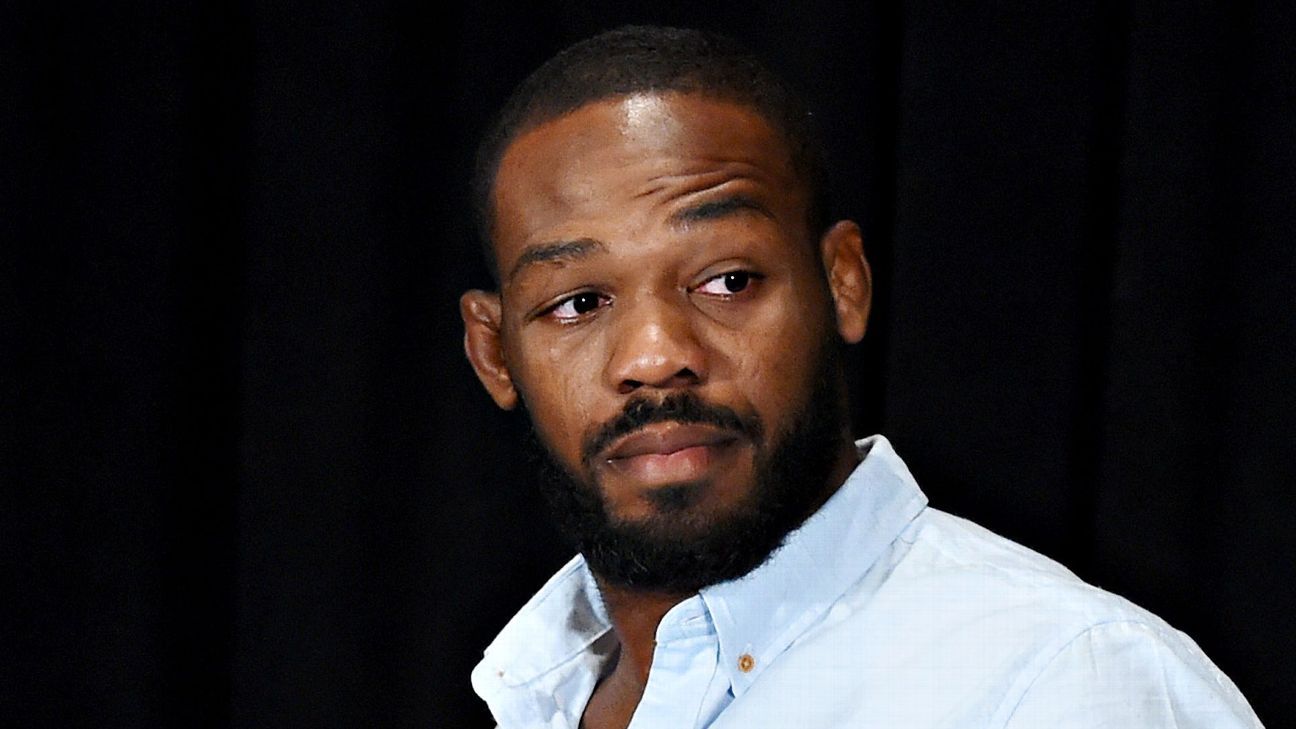By the end of next month, Jon Jones will be eligible to move forward with his mixed martial arts career — and I have to say, I consider that great news.
That might sound like an obvious sentiment, but the MMA community actually has had a pretty mixed reaction to last week’s revelation that Jones had been suspended 15 months (most of which he already has served) by the United States Anti-Doping Agency for a failed drug test back in July 2017.
UFC lightweight champion Khabib Nurmagomedov tweeted, “Now I understand USADA is n.1 bull—- people.” Heavyweight Curtis Blaydes wrote, “USADA is steadily losing respect in the fight community.” Former middleweight champ Luke Rockhold simply stated, “USADA, you can go home now.”
The negative reactions apparently stem from a perception that Jones received favoritism because he is one of the UFC’s biggest stars. This was the second failed test of his career, and he faced a maximum suspension of four years. The fact that his reduced suspension was announced at a time when the UFC needs a headliner for its New York event on Nov. 3 has added fuel to that fire.
That reaction, however, might miss a bigger point here. I do believe this case should spur conversation about the USADA program in general, but focusing on the idea that the USADA “let Jones off the hook” by suspending him for only 15 months doesn’t feel entirely productive.
Forget everything else for a second — including Jones’s troubled past and his value to the UFC — and zero in on the offense and punishment.
The independent arbitrator who ruled on this case, anti-doping expert Richard McLaren, wrote in his final decision: “I find that all of the evidence available to me leads me to conclude that the violation was not intended nor could it have enhanced the athlete’s performance. There was absolutely no intention to use prohibited substances.”
Jones tested positive for an M3 metabolite, a byproduct of a steroid (although, the science is such that there is no way to conclusively say exactly what substance it came from). He tested positive at a level of 20 to 80 picograms per milliliter. A picogram is one trillionth of a gram — so, a trace amount.
Ultimately, every athlete is responsible for anything found in his or her body, but if we accept the results of the investigations into this case, we’re to believe the substance in Jones’ system was so small and came in such close proximity to his fight against Daniel Cormier at UFC 214, it would not have helped his performance. And evidence suggests he did not intentionally use it.
0:50
Jon Jones’ first fight after his suspension will occur in “early 2019” against a high-profile fighter, says Dana White.
And if we believe that, how is a 15-month suspension not severe enough? Why would we expect (or want) the USADA to keep Jones off a card like UFC 230 at Madison Square Garden (even though, the UFC has since stated he won’t do so anyway)? Jones’ win over Cormier was changed to a no-contest, he was fined $200,000 and he lost a year of competition. That’s not enough?
The answer is that it feels inconsistent with some of the other cases under this program. One that stands out is that of heavyweight Josh Barnett, who was entrenched in an anti-doping case for 15 months, despite meticulous records showing a test he failed was caused by a contaminated supplement. The USADA still tried to suspend him four years. He was eventually exonerated.
Another heavyweight, Junior dos Santos, also proved he was the victim of a contaminated substance earlier this year. He still was suspended for six months, but the resolution of his case took eight months — meaning, he really served eight. And if he ever fails another test, it will be treated as his second offense, which would carry lengthier suspensions.
There are other examples, but the point is, yeah, it might feel like Jones’ case was treated differently. He couldn’t even account for the banned substance, but his suspension was reduced so that he could, in the arbitrator’s words, “kick-start” his career. He also agreed to provide some type of anti-doping information in exchange for leniency. But again, considering the circumstances, there was arguably no reason to consider a four-year ban to begin with.
Look, the UFC’s program with the USADA is better than anything this sport has had before. That said, it’s not a bad thing to assess the program’s record thus far and make adjustments if necessary. Maybe athletes do need the ability to compete while their cases are pending. Maybe more specific language needs to be added to sanctioning guidelines.
But if the program has conditioned us to cry foul when an athlete loses 15 months for an offense that is ultimately deemed unintentional and having no performance-enhancing effect, something’s wrong with that, right?
